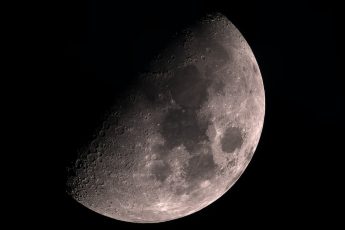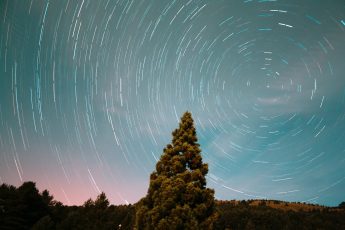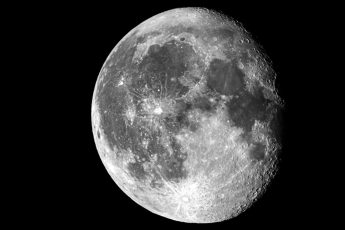The Unistellar eVscope 2 is a portable telescope that rivals the best in the world. It has a unique design, which makes it lightweight and easy to handle, and it also gives you access to some of the best views of space you can get in such a small package.
- eVscope 2 with eyepiece: The eVscope 2 delivers the most stunning visual experience ever seen in a consumer telescope, with state-of-the-art observing comfort and an incredible amount of details, definition, and zoom ability, thanks to pioneering expertise in the electronic eyepiece and a 7,7Mpx enhanced image resolution.
- High-Performance Device: Because the eVscope 2 may be used to conduct valuable space science, each new user unlocks a new Space Explorer, allowing Unistellar to expand its global network of connected telescopes capable of giving scientifically valuable observations.
- Smart Light Pollution Reduction: Unistellars patented algorithms reduce the influence of light pollution and enable for crisp detail observation of distant objects.
- Dedicated App: Your eVscope 2s dedicated app recommends the most stunning targets to view and helps you learn and identify cosmic objects. Easily save and share your experience with others.
- Included portable backpack: The Unistellar backpack, which is designed to fit snugly around the eVscope 2 and is about the same size as a 50L hiking backpack, makes it exceedingly easy to travel both the eVscope 2 and its tripod, allowing astronomy to become nomadic.
Prices pulled from the Amazon Product Advertising API on:
Product prices and availability are accurate as of the date/time indicated and are subject to change. Any price and availability information displayed on [relevant Amazon Site(s), as applicable] at the time of purchase will apply to the purchase of this product.
As an Amazon Associate we earn from qualifying purchases.
First impressions
The Unistellar eVscope 2 is a fantastic telescope. It’s easy to use and powerful, making it an excellent choice for amateur astronomers looking at galaxies, nebulae, and other interesting objects in space. If you’re thinking about buying this telescope, here are some of the first impressions that people have had:
- The Unistellar eVscope 2 is a solid choice for amateur astronomers who want a high-quality telescope but don’t need something as massive as an observatory-grade model. This lightweight model can be taken anywhere without worrying about getting damaged or stolen. You can even take this on vacation because it’s so light!
- I was worried that my children wouldn’t get along with each other after we got home from our trip—but luckily, they were all fine (and happy). However, I’m still waiting for my husband’s verdict on whether or not he wants another one of these telescopes.
Design
The Unistellar eVscope 2 is a portable telescope with a tripod and a backpack. It weighs 4.5 kg and has a 3” LCD screen. The telescope is made of aluminum, which makes it light and easy to carry around.
The smartphone adapter that comes with the Unistellar eVscope 2 allows you to attach your smartphone to the eyepiece so you can use your phone as additional magnification to get closer views of celestial objects like stars or planets in space.
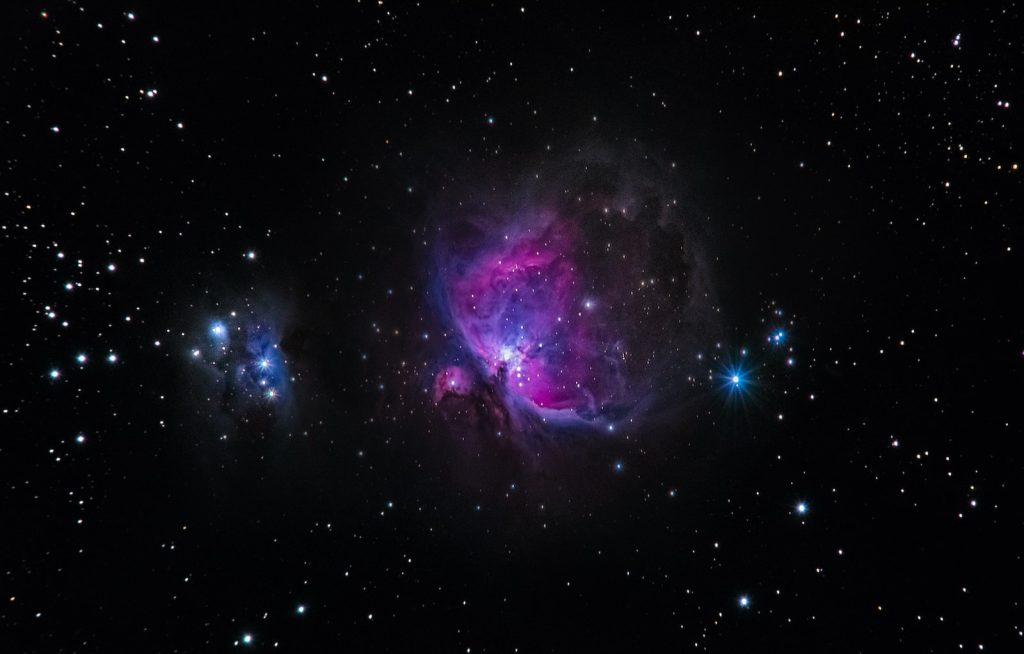
There is also an objective lens cap included in the box that protects the lenses inside when not in use, but this will not fit over both lenses at once; however, it does cover one side while leaving plenty of room for light transmission on either side as well as avoiding any potential scratches on those surfaces if not being used continuously throughout an entire night observing session (which would happen if there were no lens protection).
Features and performance
The eVscope 2 has a 130mm aperture and 800mm focal length. It also sports a USB-C port for charging and is compatible with iOS and Android devices.
The telescope comes with some accessories to help you get started:
- A tripod with tilt capability
- An eyepiece that provides magnification up to 30x magnification
- An illuminator light (for nighttime viewing)
Setup process
The setup process for this telescope is straightforward. The first step is to assemble the telescope, which involves sliding the eyepiece into place and attaching the finderscope. Next, you must set up the tripod and align it with North. You’ll then attach the eVscope 2’s base plate and secure it with four screws (one of which was missing). Finally, you’ll need to mount your phone on top of its holder and align it with your field of view.
Doing this last step correctly requires patience. After watching a few guides online on how people got theirs working—and using trial-and-error myself—I found that it helps to start by placing your phone upside down so that you can line up its camera lens with an object far away from where you want it focused (such as a house across town), then rotate 90° while keeping everything else lined up until that object comes into focus on your device’s screen before taking any more steps forward towards setting up properly focused images at varying distances away from home.
UI and controls
The eVscope 2’s app is easy to use and has many valuable features. The buttons on the telescope are intuitive, but they’re not backlit. You can control the telescope with voice commands, but only if you have an iOS device or an Amazon Alexa speaker (or Google Home). Voice control works well for things like changing magnification or navigating through menus, but it doesn’t support more complex tasks like finding specific stars and planets in your viewfinder.
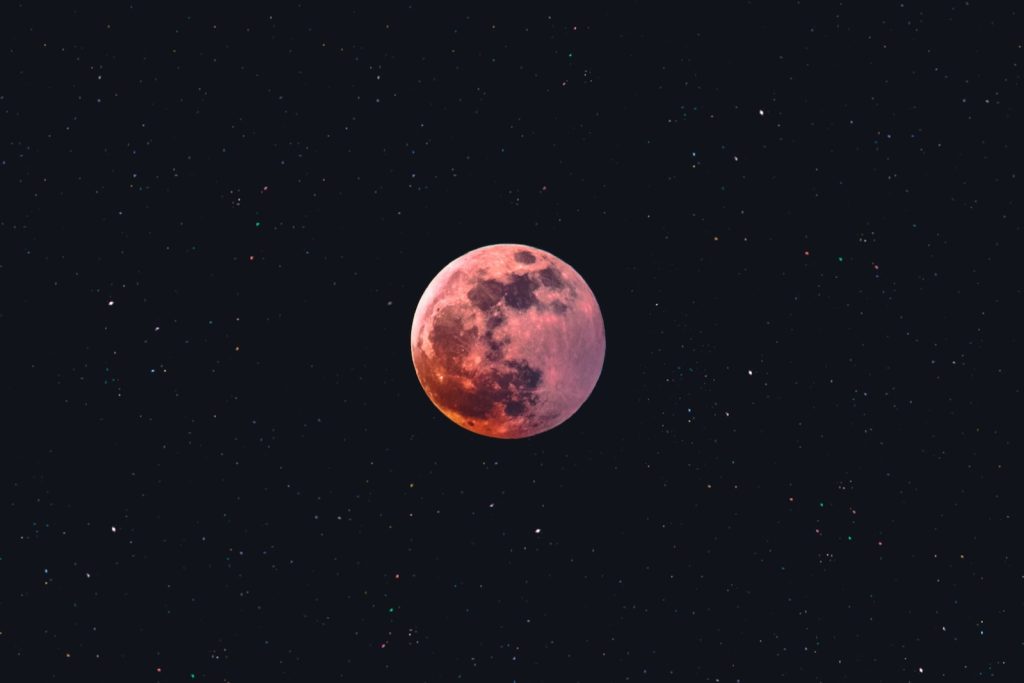
The software isn’t as good as a dedicated telescope app such as Stellarium or SkySafari 5 Pro. But if you own an iPhone or iPad and don’t want to spend extra money on another app—or want something simple that does what it says it does—Unistellar’s system is worth considering for amateur astronomers who just want to point their phone at the sky and take pictures without worrying about polar aligning their mount.
The Unistellar app
The Unistellar app is the key to controlling and viewing through your telescope. You’ll need to download it from the App Store or Google Play. Once installed, you’re ready to connect your phone to your telescope.
- Open up the Unistellar app on your phone;
- Tap “Connect” in the upper left-hand corner of the screen;
- Choose which device you wish to use with the telescope (iPad or iPhone);
- Click “Next” in the lower right-hand corner of the screen;
- Enter a password when prompted by a computer program.
Image processing
The eVscope 2 uses image processing in the cloud to enhance your images. This means the processing is done on a remote server and then sent back to your phone or tablet.
The app has two modes: low-quality and high-quality. The low-quality mode takes 30 seconds to process an image, while the high-quality method takes about 3 minutes. You can choose between these two modes to optimize for speed, accuracy, or both! If you’re unsure which one will work best for you, try experimenting with different settings until you find something that works well for your situation.
The app also includes several pre-set options and sliders so users can fine-tune their results further by adjusting things like contrast, brightness, noise reduction levels, etc.
Teleporting and AI-enhanced mode
The other main feature of the eVscope 2 is its AI-enhanced mode. This takes advantage of the built-in camera on your phone or tablet to allow you to see what you’re looking at through the telescope using augmented reality. It’s cool! You can also use this mode with a Google Cardboard headset and a compatible app.
Once you’ve done that, the software will display information about what you’re viewing through your telescope in real time, including distance from Earth, the magnitude of brightness, and more. The app uses artificial intelligence (AI) to learn more about whatever object it recognizes to provide helpful information in future sessions.
Viewing the night sky
The first step to getting a good look at the stars is setting up your eVscope. The mount comes with an attached finder scope, which you can use to help you align the main telescope before you remove it for stargazing. You’ll also need to attach a solar filter if you’re going to view the sun directly, or else risk damaging your eyesight and possibly ruining your equipment.
Once everything is set up, it’s time to focus on an object in the night sky. If this seems complicated at first—don’t worry! It just takes practice until it becomes second nature. To achieve perfect focus, use both techniques: adjusting the distance between yourself and where you want to look and adjusting how much light comes in through each eyepiece (magnification).
The Unistellar eVscope 2 is a competent kit, even though it’s rather pricey.
The eVscope 2 is a competent kit, even though it’s expensive. It has many features, but it’s not the best for astrophotography. This telescope is a good choice for beginners who want to get started with deep-space viewing and planetary observation.
Conclusion
The Unistellar eVscope 2 is a competent kit, even though it’s rather pricey. The price is justified by the quality of the components and the fact that you’re getting a high-end optical lens system with this. On top of that, there are some nice extras, such as AI-enhanced mode, teleporting, and more. It’s great to see some innovation in this field, so they give props for trying new things!










